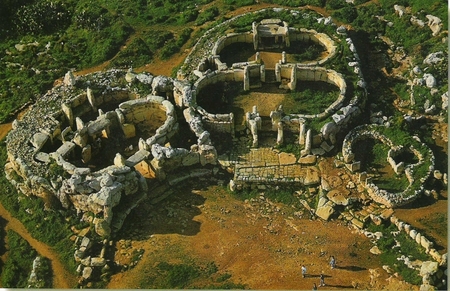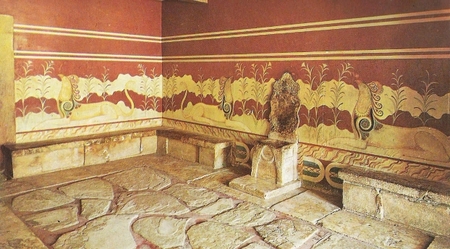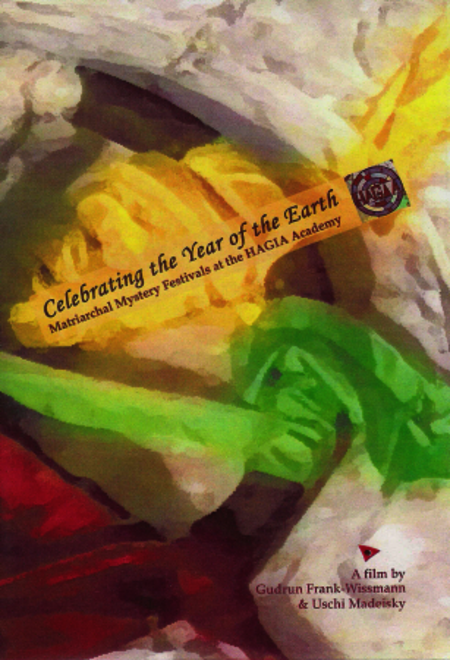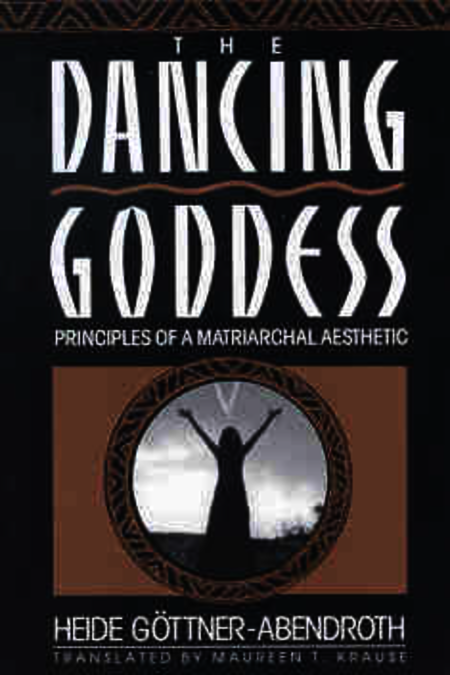Matriarchal Aesthetic and Art
Heide Goettner-Abendroth:
"Nine Theses on a Matriarchal Aesthetic"
Matriarchal art transcends the fictionality principle, which confines art to “beautiful semblance” and rids it of its relation to real life. Beyond the principle of fictionality art is magic.
Magic art changes reality by enabling humans, with the aid of symbols, to act in accordance with the great terrestrial and cosmic cycles.
Matriarchal art has an enduring, pre-existing framework: the cycle of the seasons of heaven and earth. These were celebrated in the great cultic festivals throughout the year, which are preserved in the patterns of traditional matriarchal mythologies.
In this sense matriarchal art does not produce objects, but is a process shared by all participants.
Matriarchal art does away with the split in the aesthetic dimension. In patriarchal societies, the aesthetic dimension is split into a formalistic, elitistic, socially insignificant art and a popular, wide-spread, socially despised art.
The dissolution of that split would restore to art the entirely public character it once had. Art would then manifest itself as an alternative symbolic practice and, through its processes of social change, bring about the aestheticization of the entire society.
Read more in:
Heide Goettner-Abendroth
The Dancing Goddess. Principles of a Matriarchal Aesthetic
Beacon Press, Boston MA, 1991
E-book edition:
Please find here the complete edition online, it is free of charge






